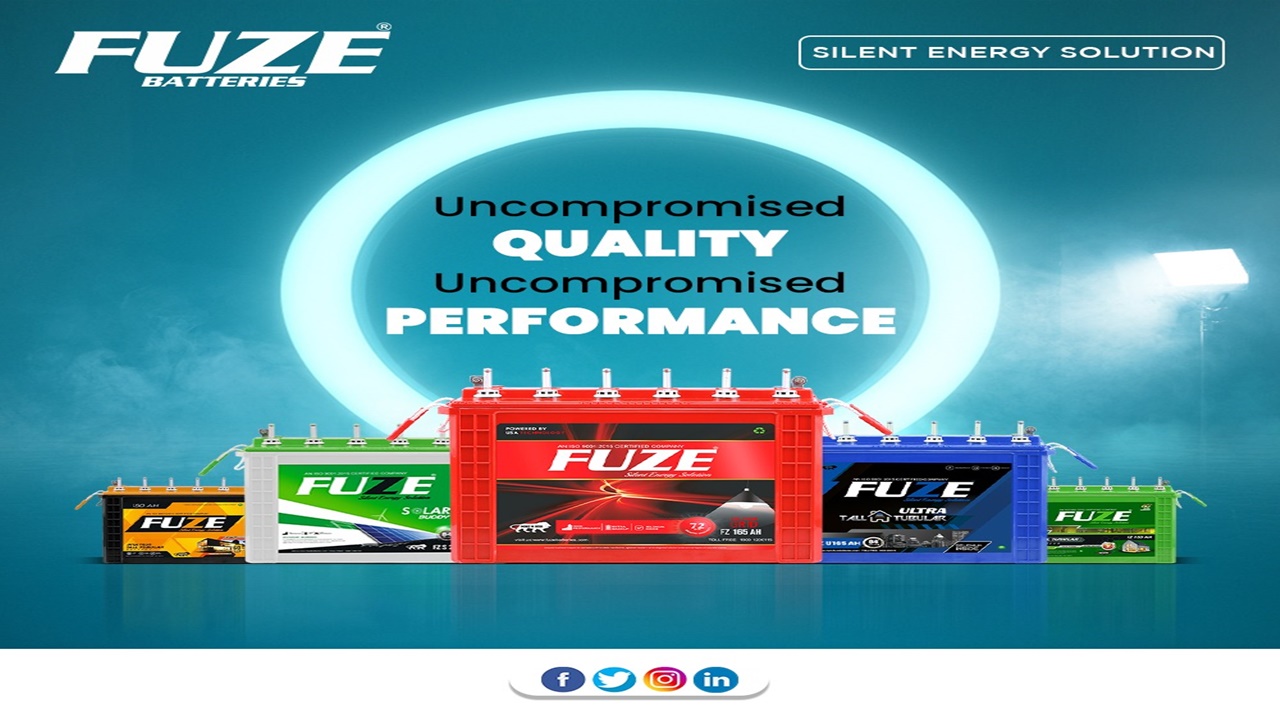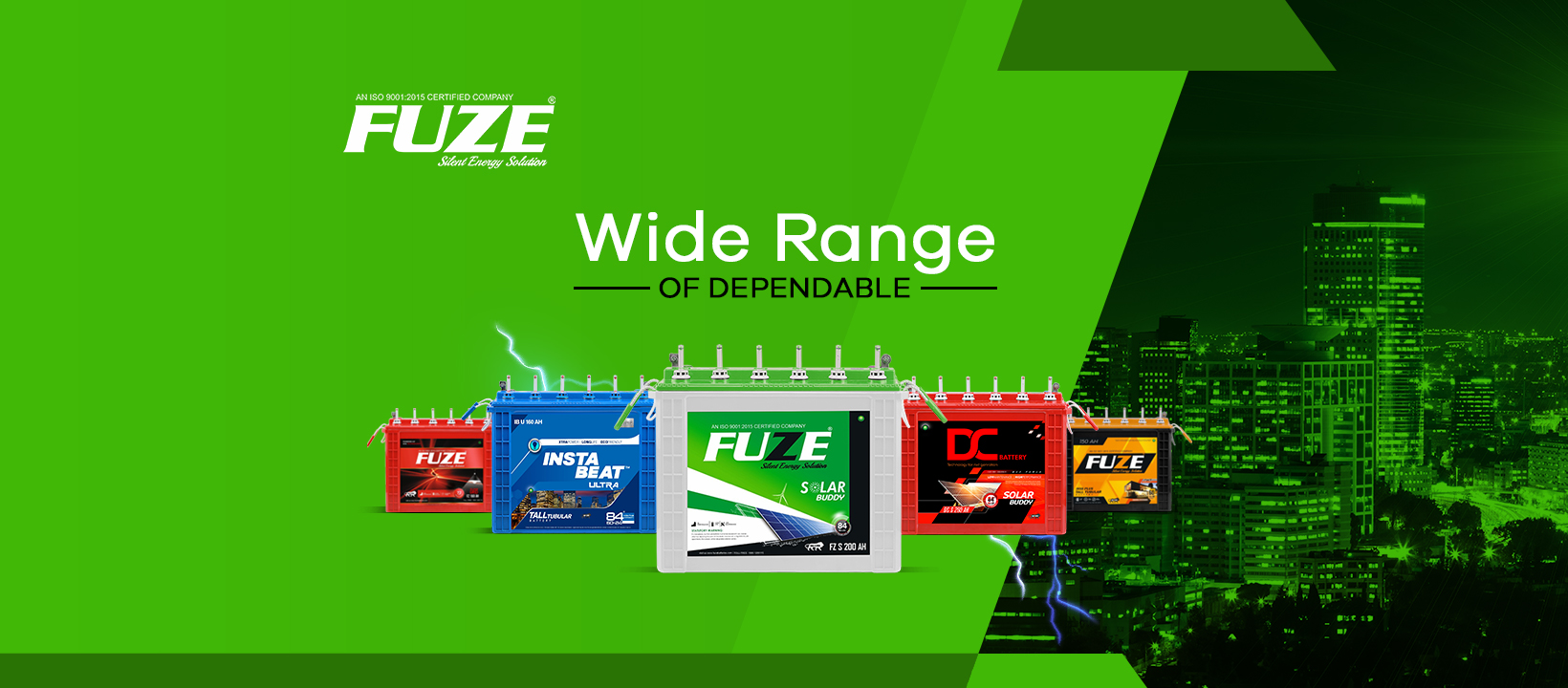We are well aware of why a battery is utilized. It is a device that derives its power through a series of chemical reactions converting chemical energy into electrical energy which can be used for various purposes. These are mostly used in offices, workstations, shops, etc. There are mainly two types of batteries –
Different betweeen Tubular & Flat Plate Battery
1.Flat Plate Batteries
2.Tubular Batteries
1.Flat Plate Batteries – Flat Plate batteries are a type of Lead acid batteries. They are one of the most used and in demand batteries available. They are rechargeable batteries that are used in areas with frequent power cuts but only for a small duration of time. They are cheaper kinds of batteries and have a very lower life (1-3 yrs) compared to tubular batteries.
They have a grid of multiple squares like structures which form broad mouthed mesh. They are used in smaller applications, hence, they are recommended to people with low income budgets.
2.Tubular Batteries – The tubular batteries are the improved versions of Flat Plate batteries. Compared to flat plate batteries, they require less maintenance. It can be defined as a rechargeable battery which is used in areas that experience long but fewer power cuts. This type of battery comes with a little bit of a complex design and as a result, it is a little expensive. People who are good on a budget can opt for this as it will turn out to be very good for the heavy applications and heavy loading etc. The life of a tubular battery is more than a flat plate battery which lasts for almost around 4-6 years.
These batteries have a little complex construction where the negative electrodes are flat plate types and the positive electrodes are made by combining a frame structure which consists of a series of vertical spines connected by a common bus bar. These spines contain a paste of lead oxide active paste where the tubes are made up of a non conductive material.
Features of Flat Plate Batteries
1.They are designed for the purpose of faster recharge.
2.They have sleek battery design due to its sealed plastic casing.
3.They are used for small and light applications mostly in homes.
4.They require more maintenance.
Features of Tubular Batteries
1.These batteries need more room and floor area.
2.They require less maintenance.
3.They have a longer lifetime.
4.They are used for heavy applications.
Flat plate batteries are more economical for people who are tight on budget but tubular batteries would be more beneficial for those who are looking for better quality with long backup performance. The tubular batteries are highly reliable and are recommended for applications that require more power and constant power. Above all, it is very important to regularly check up on the battery to increase its life.
Fuze is one of the reliable Tubular Battery Manufacturers in Kerala and has a wide range of batteries with prices affordable to everyone. We have more efficient batteries that require less maintenance. Check out our recommended batteries that are well suited for your pockets.




